It can be a lot of pressure to pick out the perfect tree! For true plant lovers though, all trees are perfect. The key is understanding how to pick out the perfect tree is that it’s more about the conditions of the planting site than the tree type. The first consideration is sun exposure. There are four categories of sun tolerance. Full sun, partial sun, partial shade and full shade. It’s just as much about what the plant needs to flourish as it is what the tree can tolerate. A lot of trees can tolerate a full sun location. This means that the tree will get 6 hours or more of direct sunlight each day. This timeframe includes hot afternoon sun. Plants that can tolerate only partial sun may be able to take close to 6 hours of direct sunlight but it would need to be morning sun and be properly shaded by the afternoon. Partial shade lovers can tolerate a couple hours of direct sunlight but prefer in general to have filtered light. Think of understory trees of a forest like the alpine fir or hemlock. They are protected from direct sunlight by the canopy of larger trees towering above them. Full shade trees can only take filtered light through a canopy. These trees will burn if exposed to direct sunlight for much more than an hour each day.
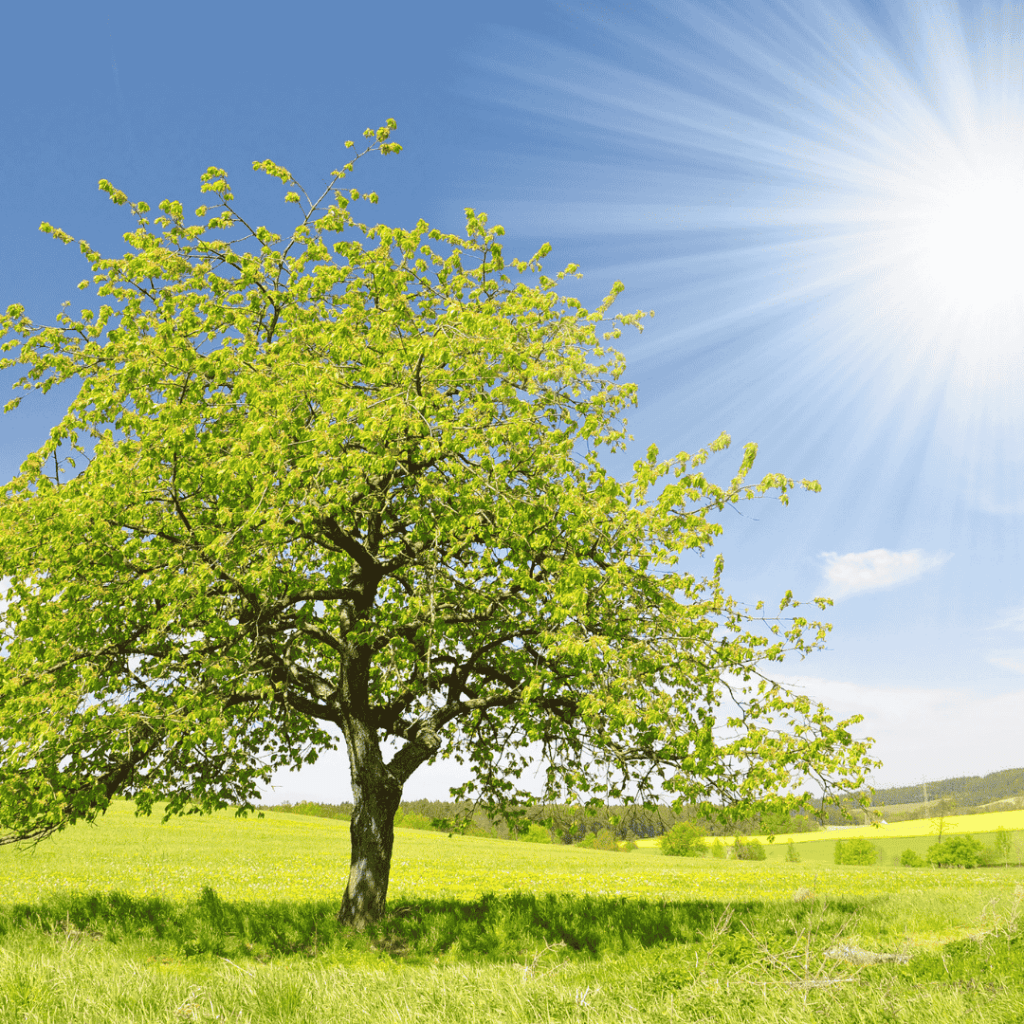
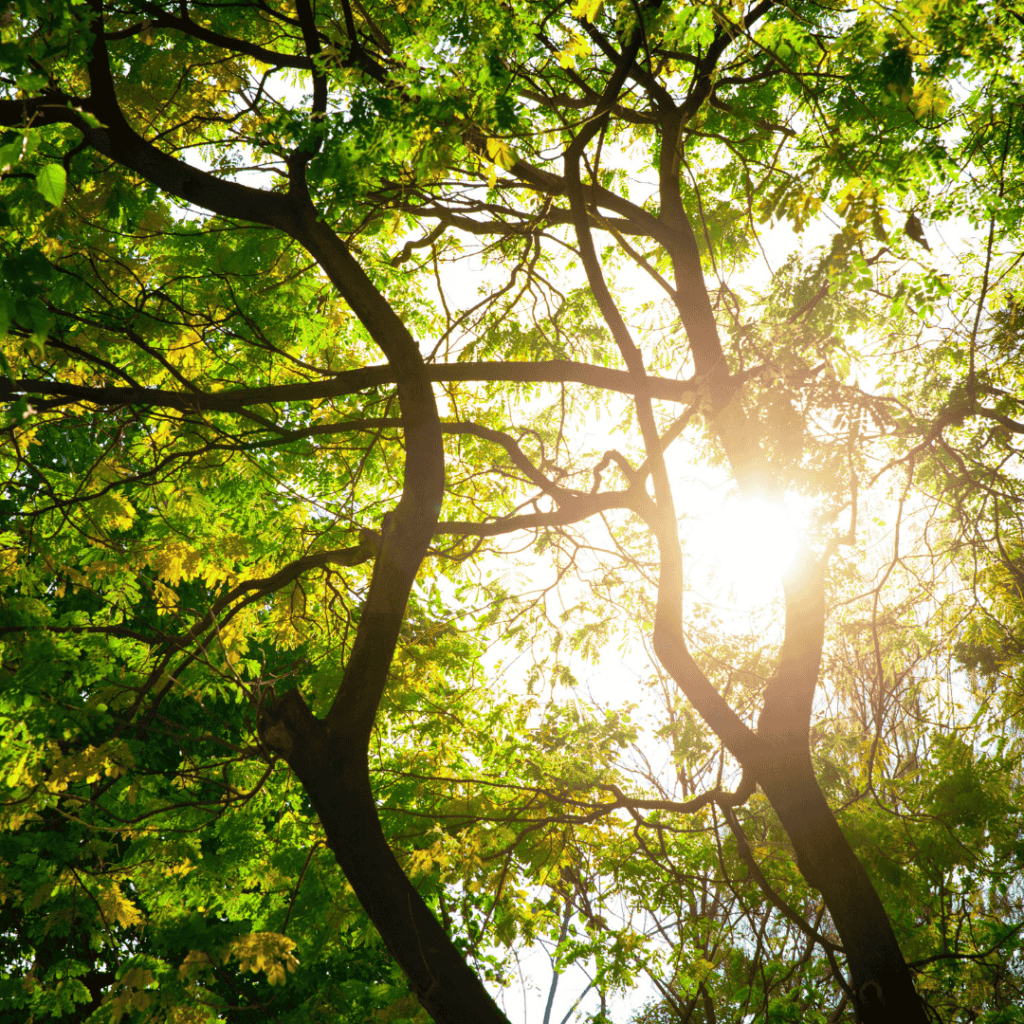
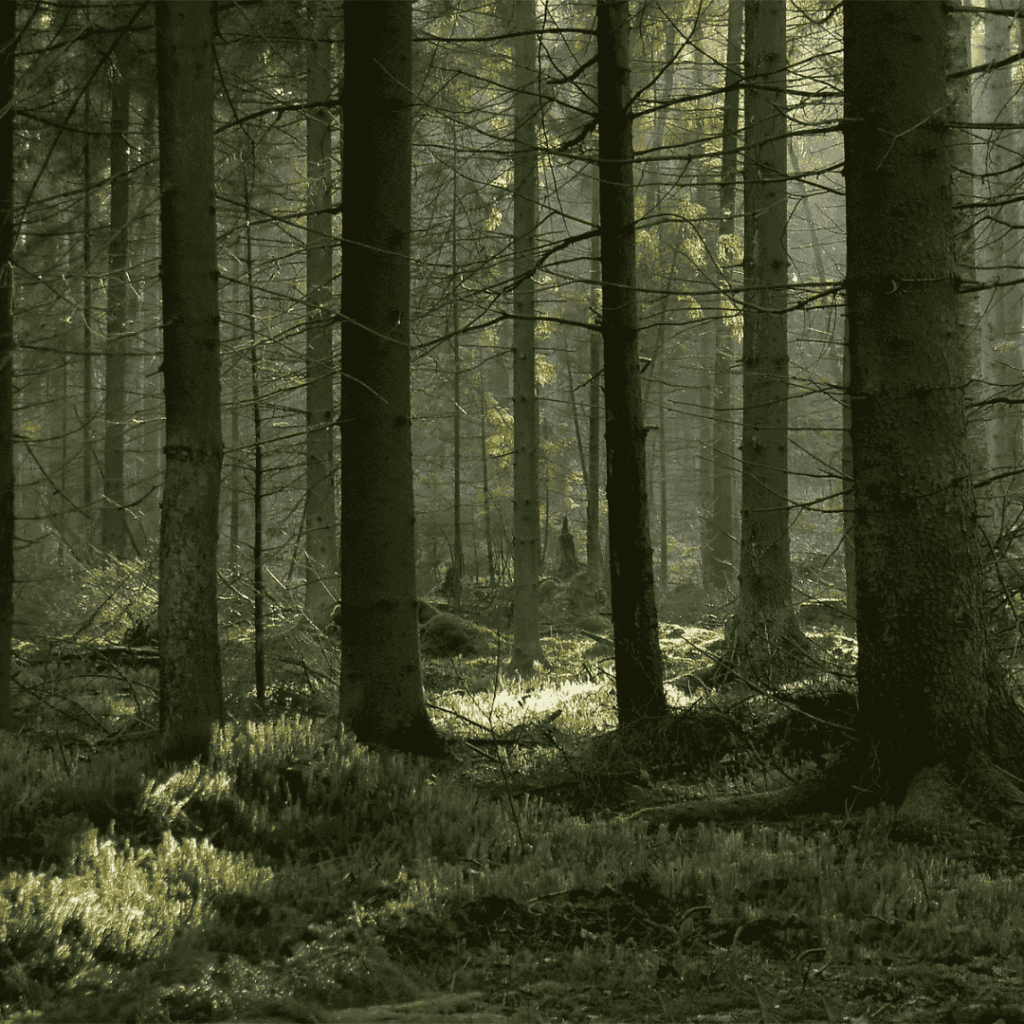
The next consideration is how much space you have. It’s important that you take into account how big the tree is going to get when it is fully mature. The disregard for this is simply irresponsible. There are so many trees to choose from. Yes, even here in the high desert, which makes it very feasible to get the right tree for the right space. At times this means sacrificing immediate gratification of screening. The reward is having a tree that will never need to be removed, topped or skirted. Which inherently will remove your screen anyway so it’s best to choose right. It takes a lot of natural resources to grow the trees that we bring into the nursery and we want them all to succeed!
Trees sold at the nursery will often have descriptive tags for you to easily reference when shopping for a tree. It’s important to know how to read these tags. When a tree is described with a height of 45′ and width of 30′ that means that the tree will get 45 feet tall with a canopy of 30 feet. That is 15 feet from center (trunk) in all directions. Not 30′ in all directions. In that case the tree would have a 60 foot canopy/width. The canopy size of the tree is important for trees that will be planted close to a building structure or in a row of trees. If you were planting a row of trees with a 30′ canopy you would want to plant each tree at least 15 feet apart.
You want to make sure you are evaluating your planting site for overhead clearance. For instance planting underneath power lines. We recommend only planting 15-20′ trees under powerlines to reduce the risk of having the power company top or skirt your tree. See photos below for reference.
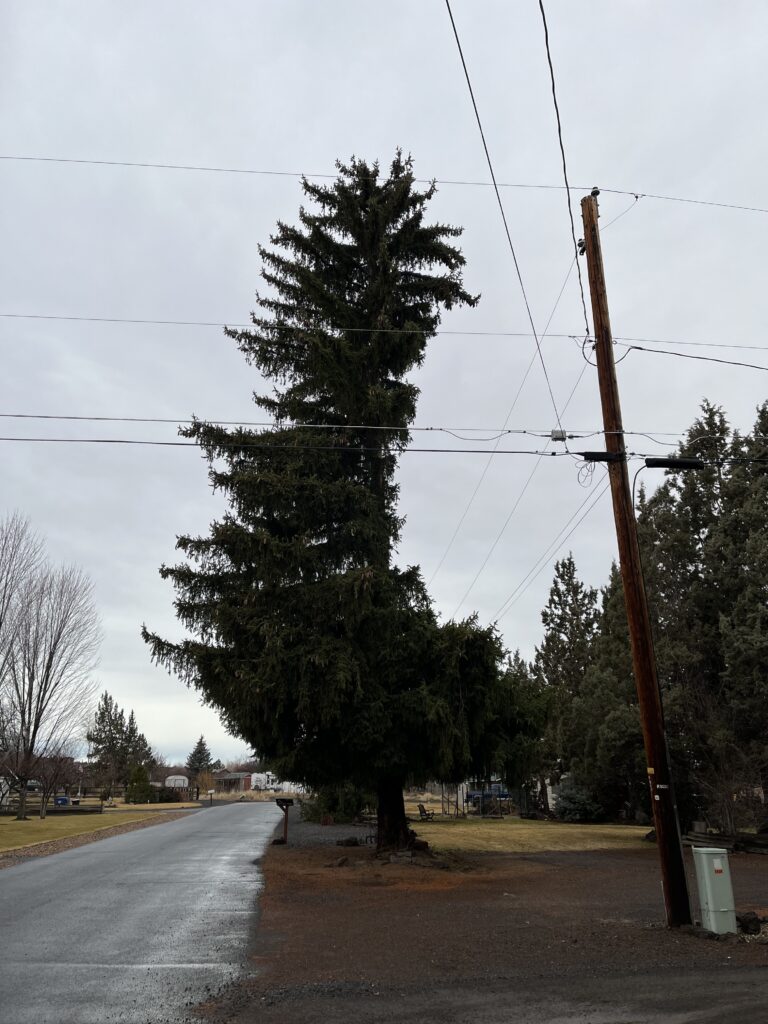
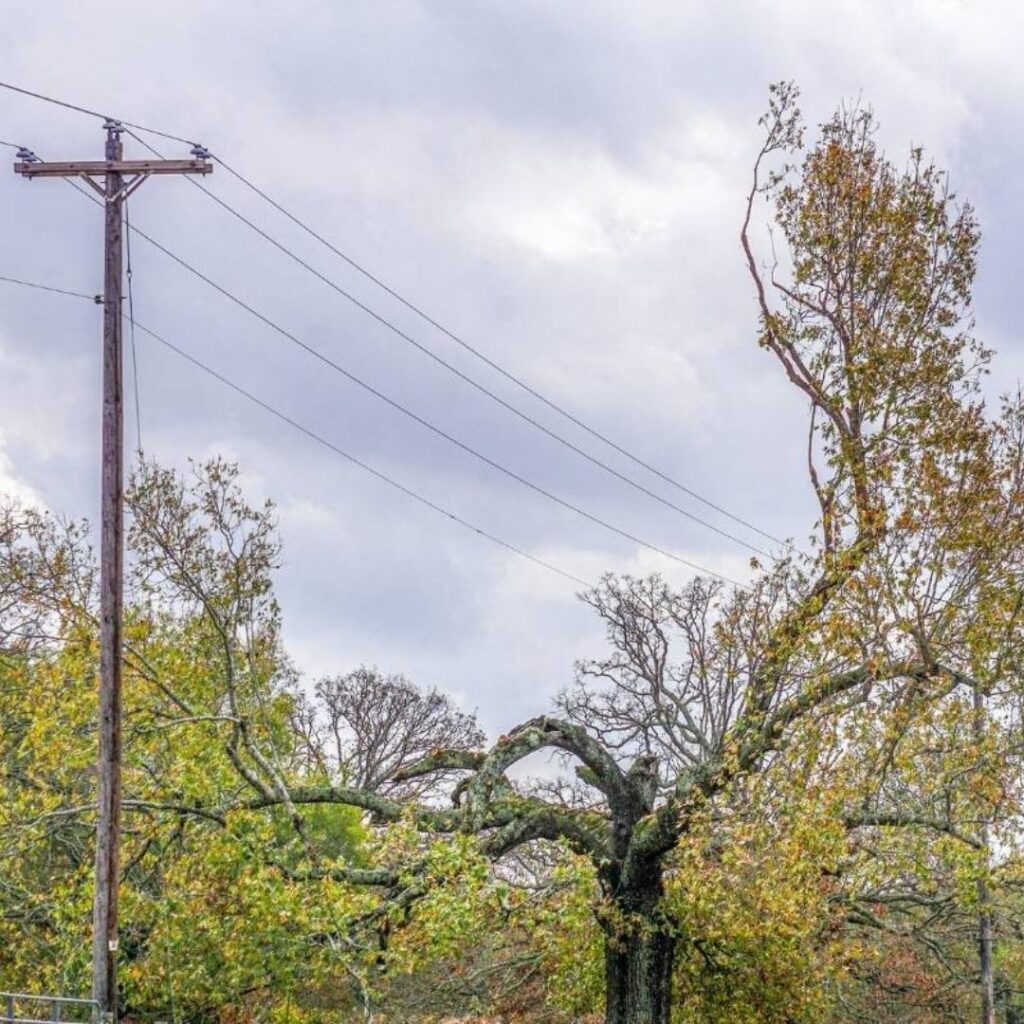
The next step is deciding if you want a deciduous or evergreen tree. Deciduous trees will lose their leaves each fall and expose bare branches all winter. Some deciduous trees are marcescent which means that they hold onto their brown leaves all winter and shed them in the early spring. Red oaks are a good example of this characteristic. The benefit is maintaining your visibility screen as well as having a soundscape on windy days. The sound of the stiff brown leaves blowing in the wind is very pleasing.
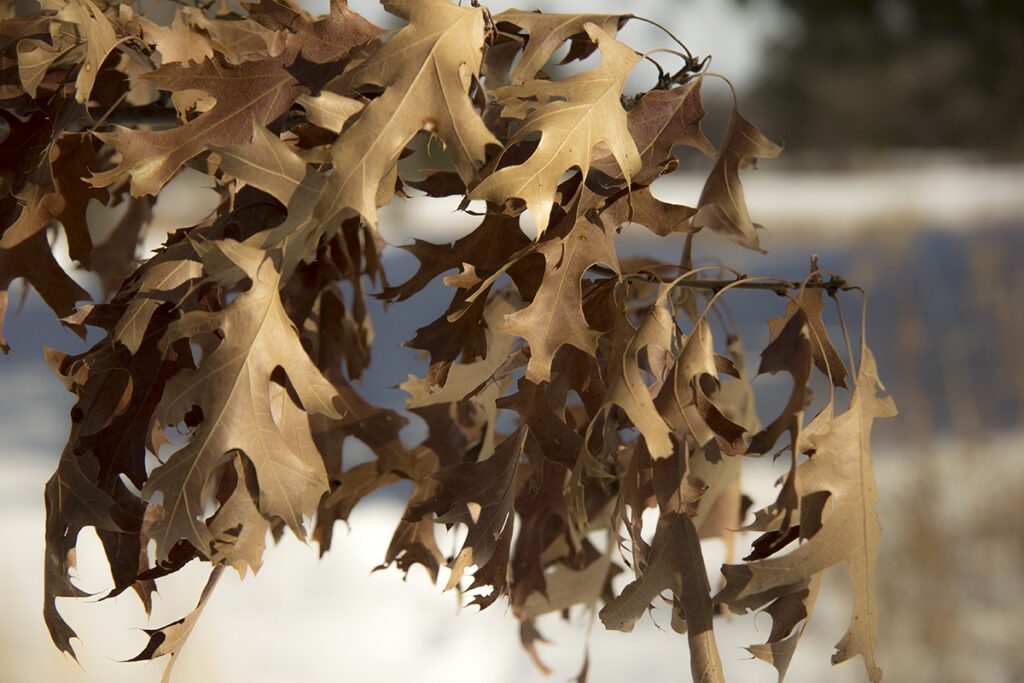
Deciduous trees are great because they offer you diversity throughout the season. They can be admired from the stage of bare branches with new buds, to the time when tiny leaves emerge and then for some flowers will come next. The tree provides shade for the season until you get one last show of fall color change. Some of the most striking fall color shows are that of the Pacific Brilliance Pin Oak and the October Glory Maple.

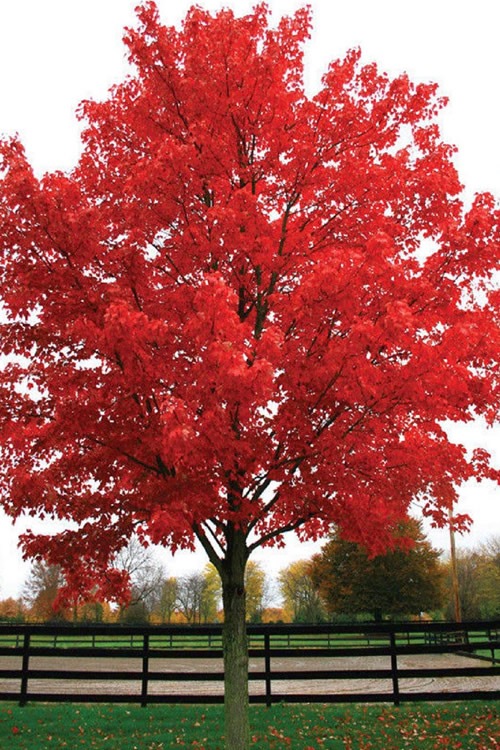
Flowering trees are the best way to make an impression. The early spring is when most flowering trees that are hardy to our area will be flowering. It reminds you that spring is here. They feed the bees and provide the perfect background for those family photos you want to DIY. One thing to consider is that most flowering trees will inherently result in fruit production. So when planting these trees near a walkway you will find yourself fighting pits and sidewalk stains dropped from flowering plum trees. As with most things though, the more work you put into something like a garden, the more reward you get from it.
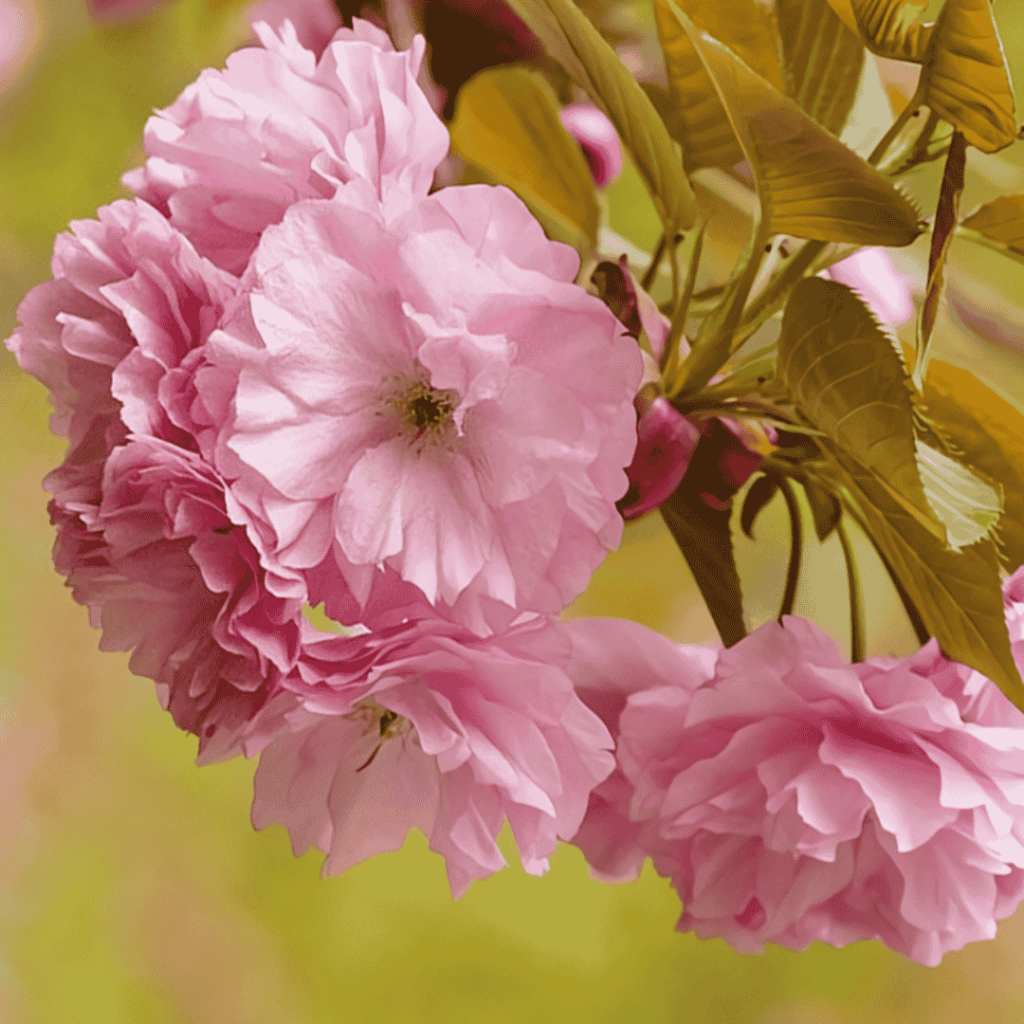
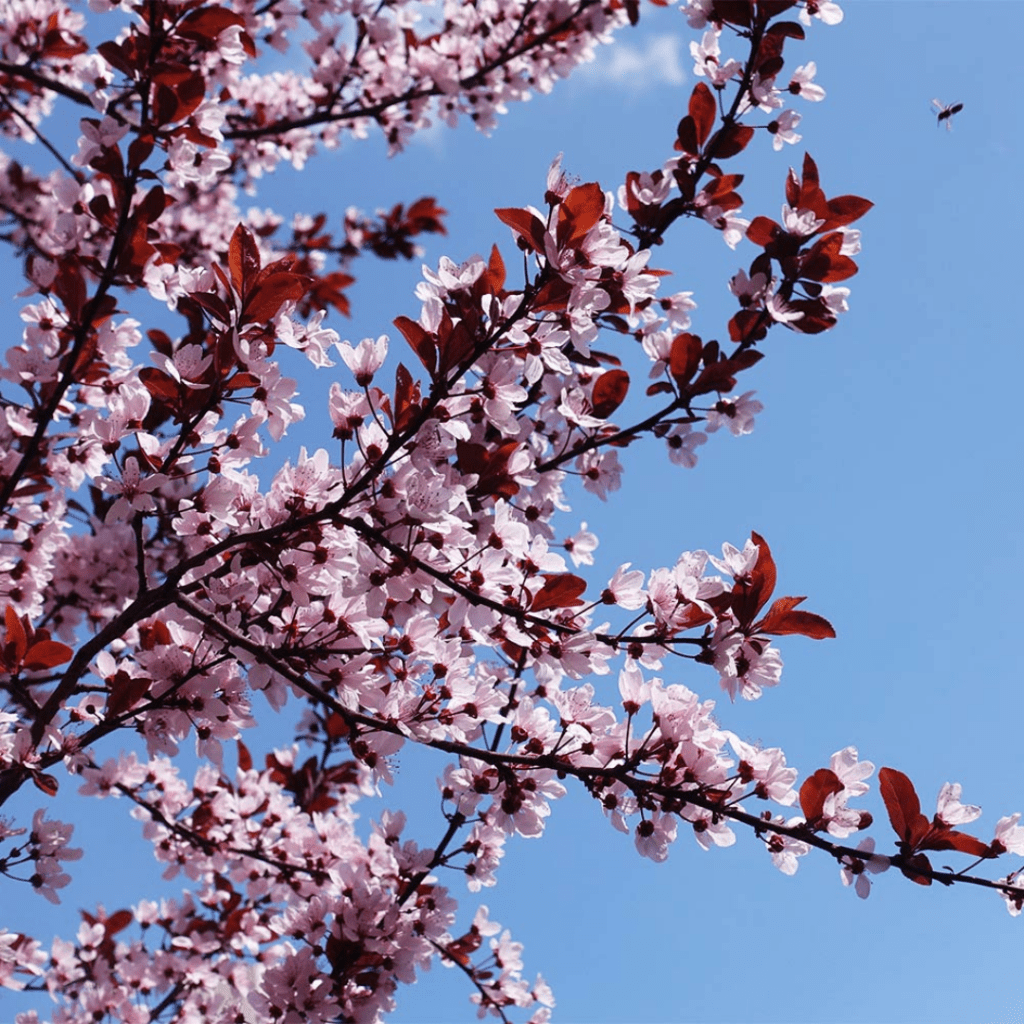
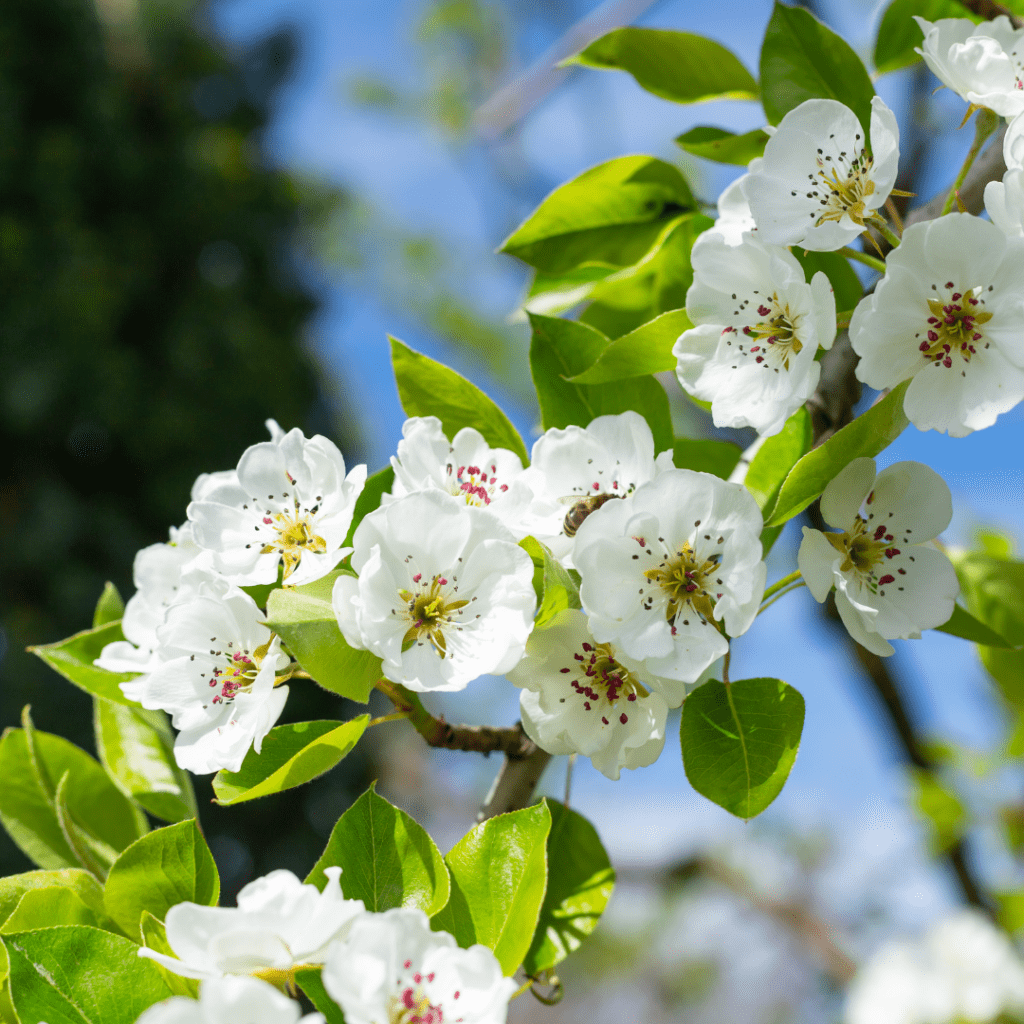
As you can see from the examples above that leaf color is also a choice when picking out your tree. Some trees boast amber colored leaves while others have purple or green leaves until they change color in the fall. Some trees even put out flowers on bare branches before they get their leaves like the Cercis, more commonly known as the redbud tree.
If a dense screen is needed for year round privacy then an evergreen tree is usually the best route to go. While evergreens are somewhat slower growing it doesn’t mean that these trees should be planted in a space that they can’t fully mature in. Again, these trees take a lot of time and resources to get to the size that we want to plant them in our yards and they deserve forever homes! There are dwarf trees for smaller spaces like the Alberta Spruce. Medium sized trees that will stay under 20 feet tall with varying widths and overall growth habits. For instance weeping evergreens like the Bruns Weeping Serbian Spruce. Or a Tannenbaum Mugo Pine for a rounded shape. Then there are the elegant giants like the Colorado Blue Spruce. These majestic trees have a classic shape and will reach heights of 75 or more feet with a 30 foot width at the feet, narrowing at the top. You can prune them at the bottom to plant shade loving plants underneath or leave them be!
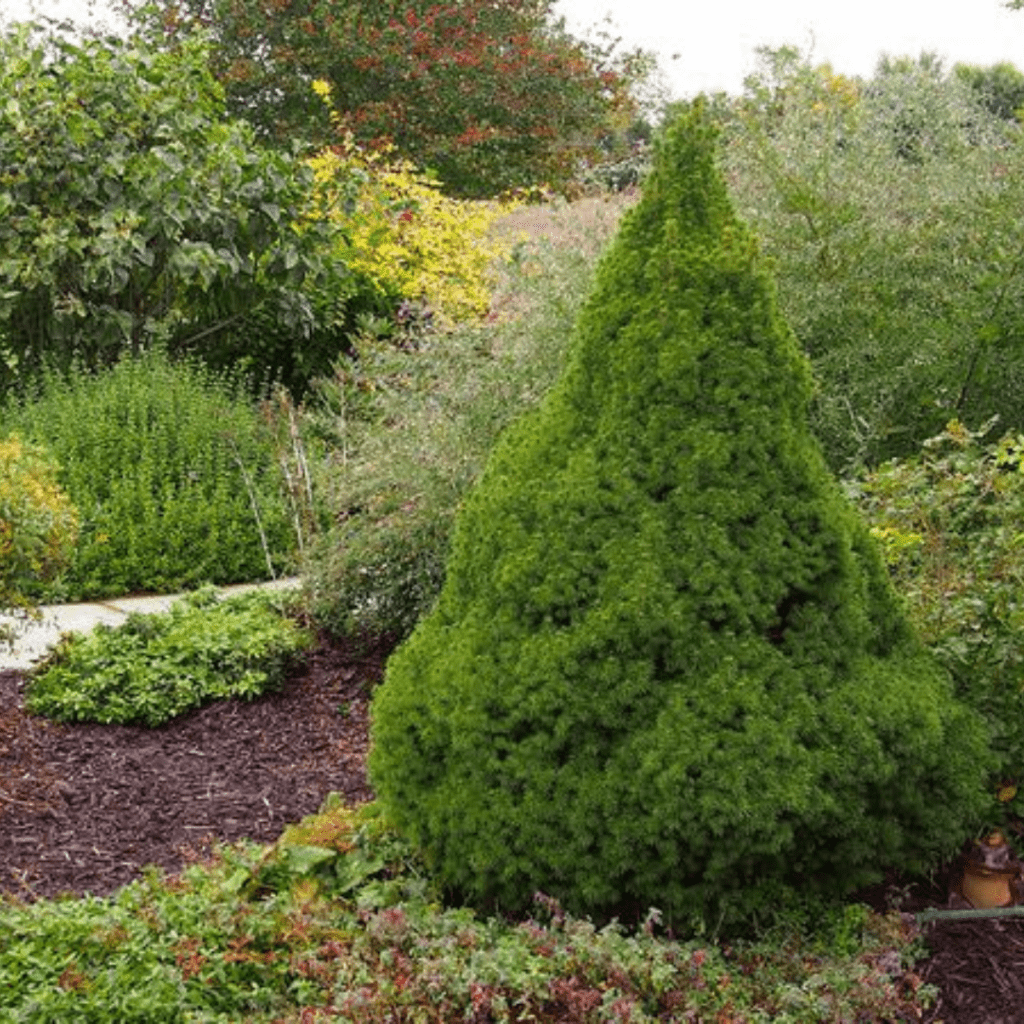
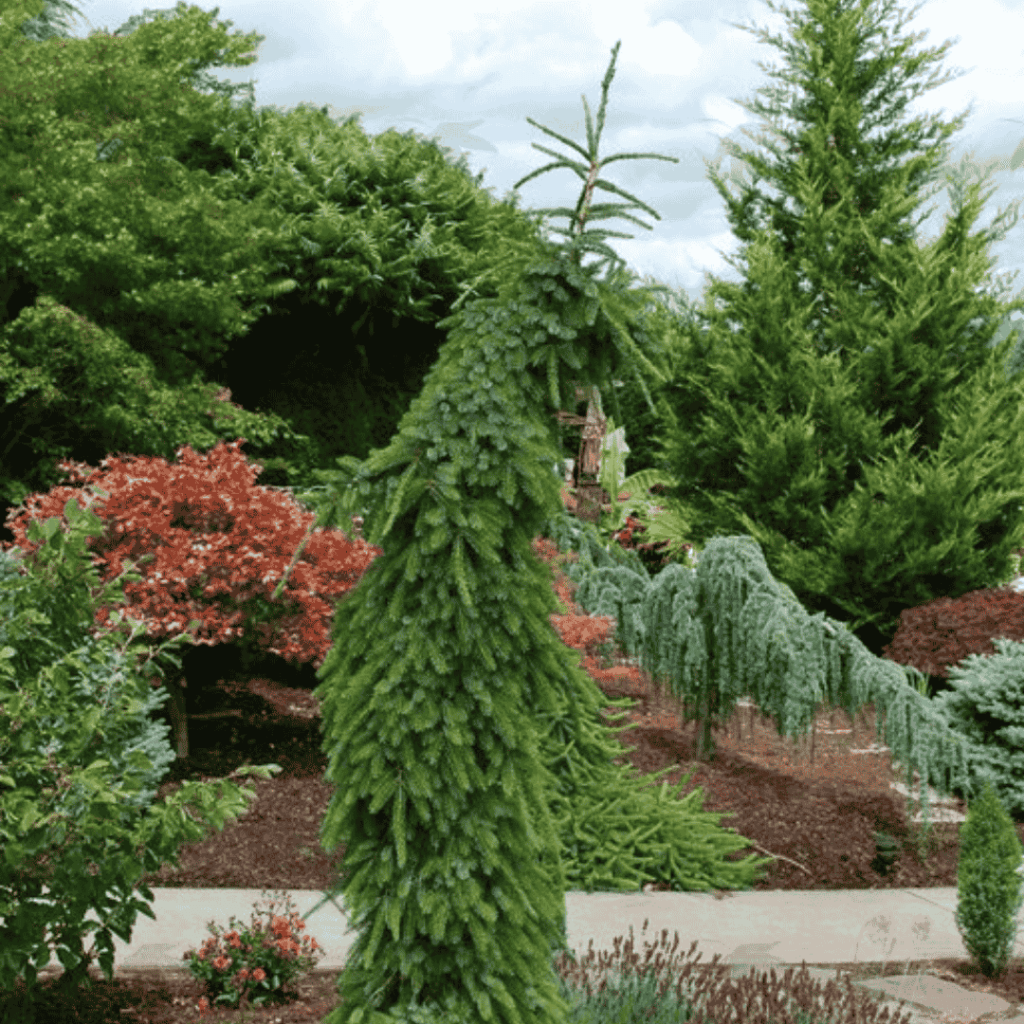
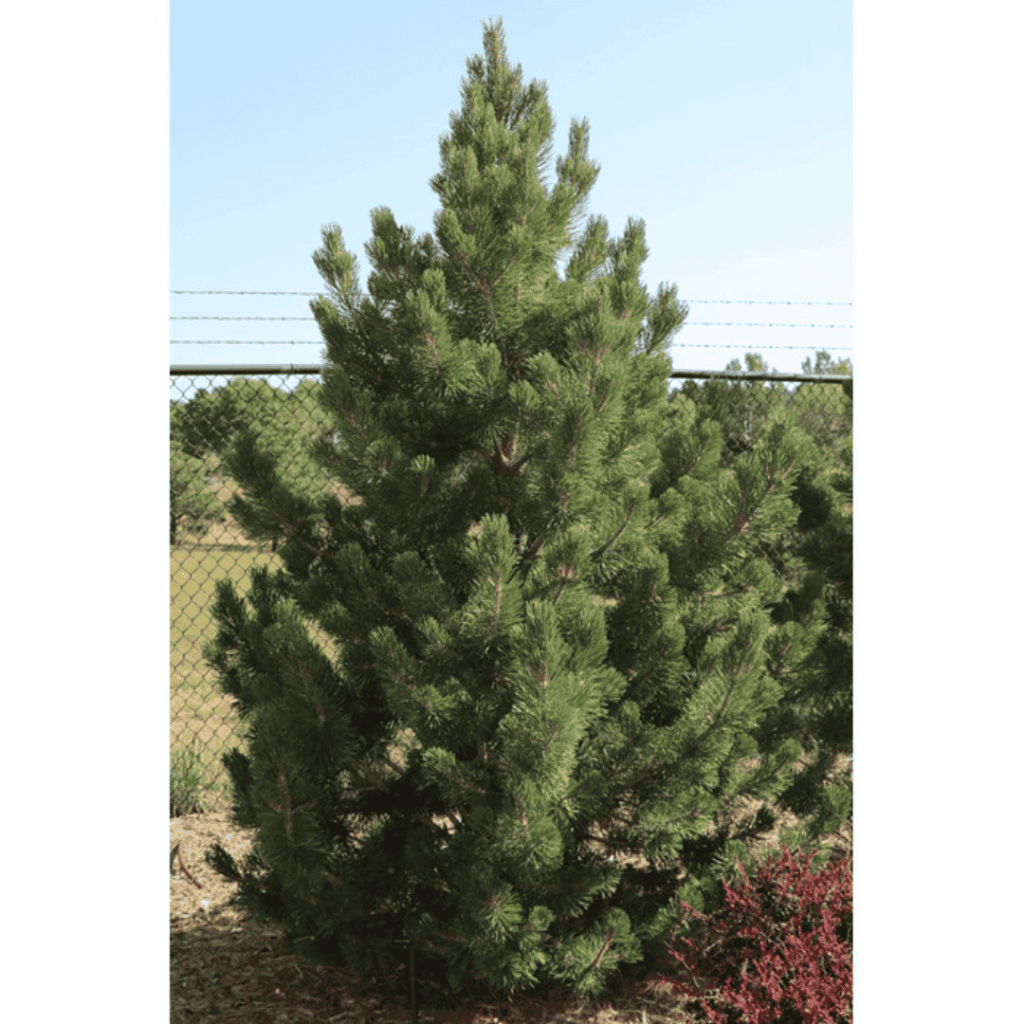
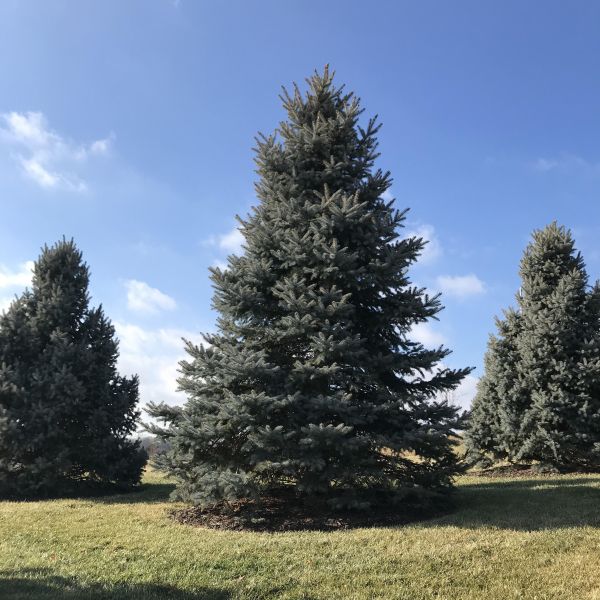
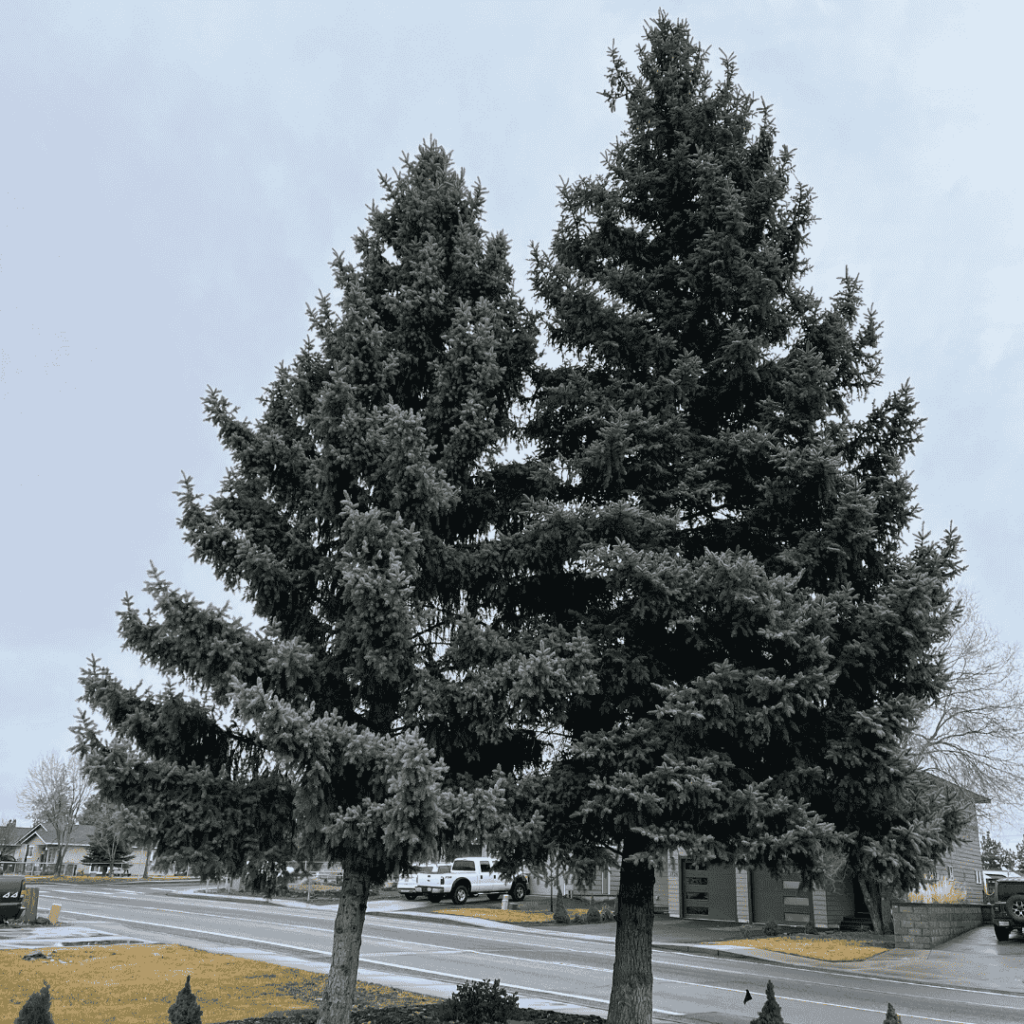
Thinking about how much space you truly have for your tree or trees to grow is especially important when considering an quaking aspen tree. These trees are great for providing visibility as well as sound barriers to a property. Just like their name, Populous tremuloides their leaves literally quake in the wind. They grow densely and have an attractive white bark that looks nice year round. The fall color change is a fun one with leaves changing from green to yellow to a true gold. The thing to keep in mind about these trees is that they love water and they will multiply! This makes them great for properties with adequate acreage. You can literally build a grove of trees to drown out the sound or sight of a busy road with just one tree! This quality is what makes them a troublesome tree for smaller inner city lots though.
After planting one aspen on your property you will see them start to pop up all over your yard (and often your neighbor’s yard as well) which can’t be controlled by cutting down the unwanted saplings without the risk of killing the original mother tree. So if you are looking for the attractive qualities of an aspen tree but don’t want to risk having a feud with your neighbors then consider a columnar Swedish Aspen. They will only grow one single tree and still offer a nice screen with their 40′ height and 10′ width. When planting them in a row you would want to make sure that they are planted 5-7 feet apart so that they can grow together but not into each other. Air flow between trees helps prevent fungal disease.
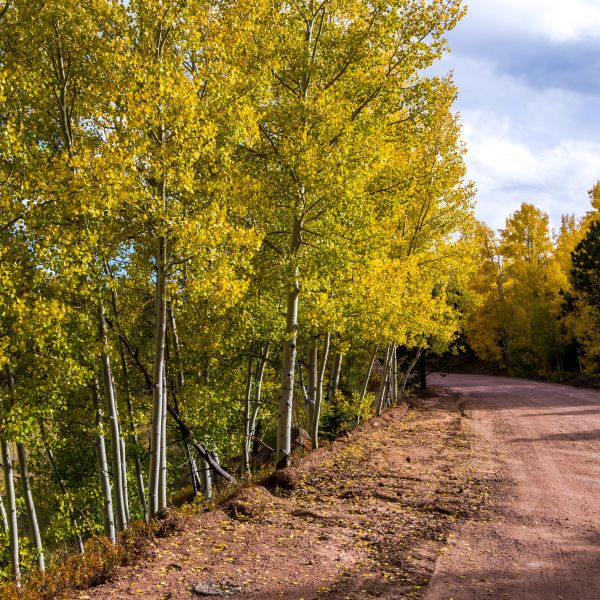
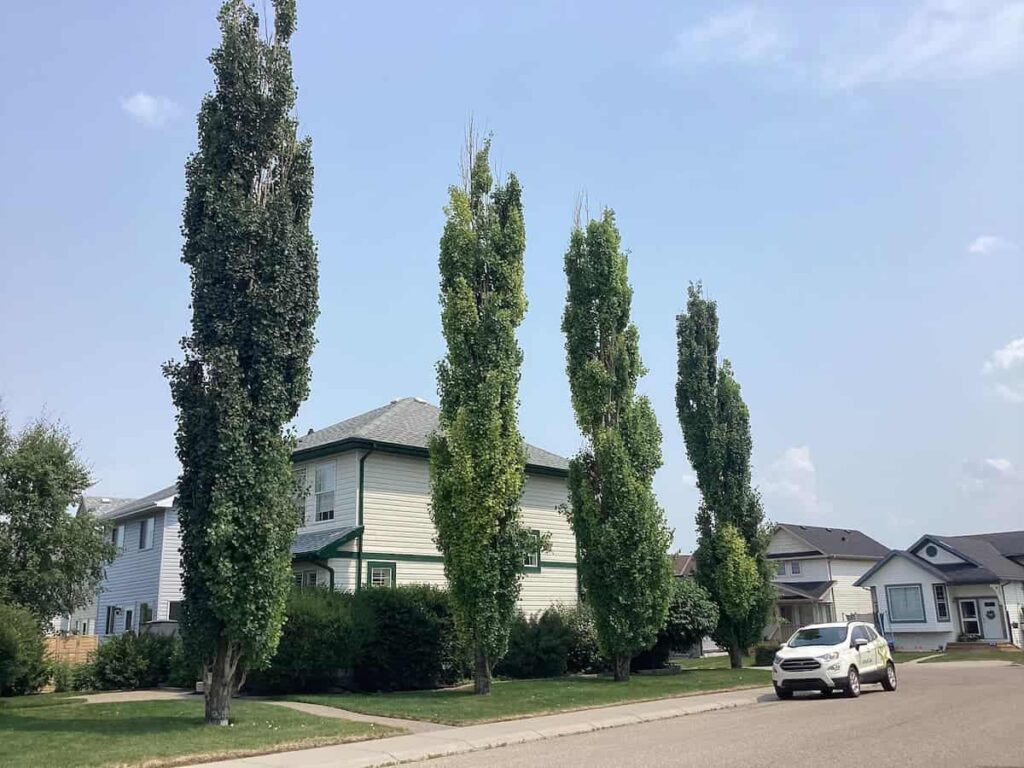
Remember, once you have narrowed down the search to the right sized tree you shouldn’t let yourself worry about picking out “the perfect tree” when scrutinizing branch structure. When that tree is fully grown tiny details like that won’t be noticeable. You want to pick the tree out with your gut. Make a connection so to speak. You are going to be happy with your choice because trees are essential to human happiness. They provide the shade we crave in hot summers. They shelter birds for us to watch. They change just as we do throughout the season.
Lastly, they are doing the earth a favor by soaking up carbon. So the more trees the better! If you live in Bend or Redmond, when you shop here at the nursery you can shop with total confidence that the tree you choose will be hardy for this area. With proper care your tree will be long lasting. If you live further south in Sunriver or La Pine it is helpful to let us know so that we can make sure the selection you are looking at is zoned for colder winters.



